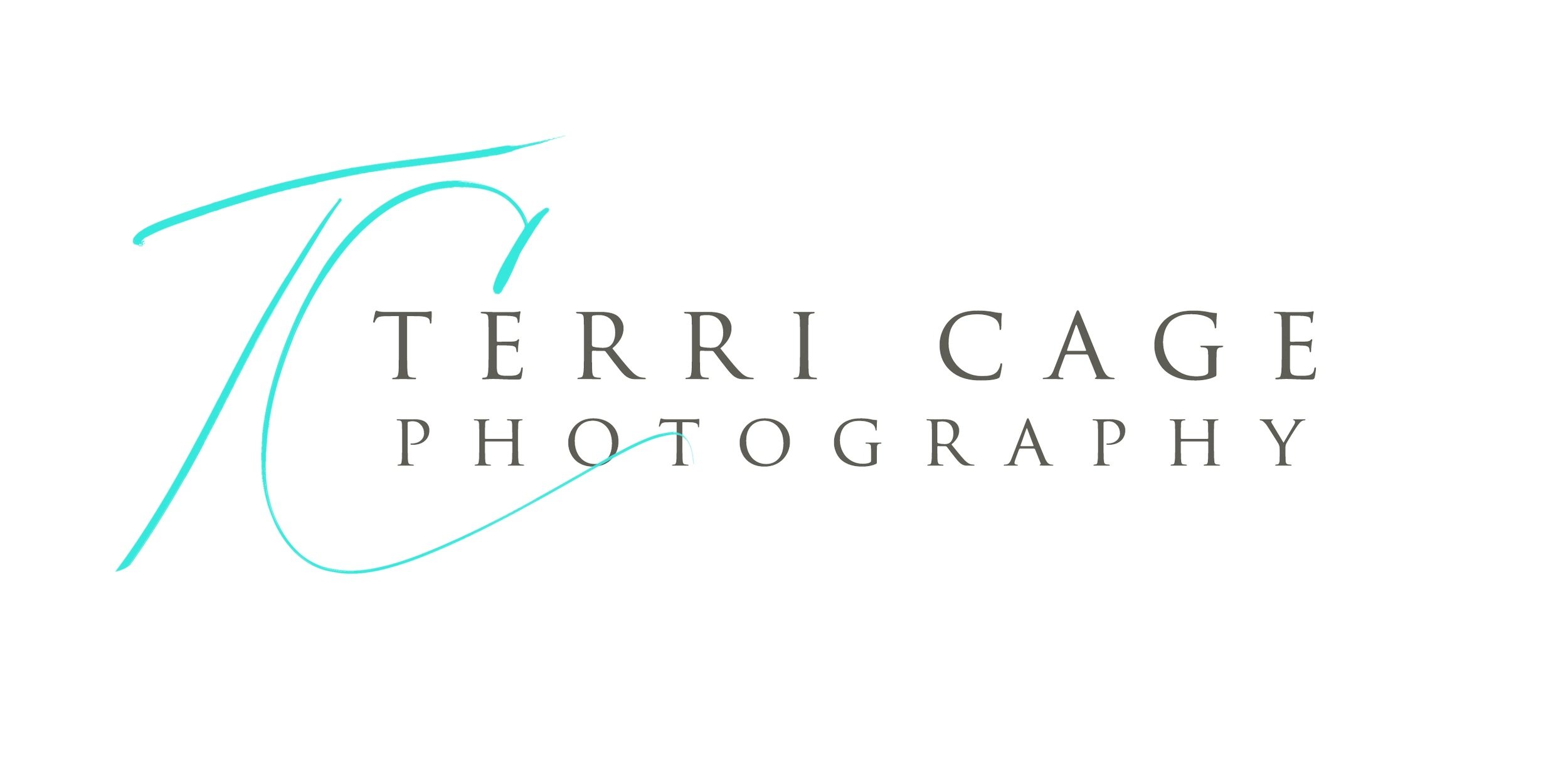Photographing the Solar Eclipse
Photography tips for the upcoming solar eclipse on April 8, 2024.
Honestly I am not an expert, but as rare as solar eclipse are, I know of no experts. But I am planning a shoot during the eclipse with an epic silhouette, so I have done my research. Here are a few tips.
Photographing a solar eclipse can be a rewarding but challenging experience. Here are some tips to help you capture this celestial event safely and effectively:
Use a Solar Filter:
Never look directly at the sun through your camera's viewfinder or with your naked eye. Use a solar filter to protect your eyes and camera sensor.
A solar filter specifically designed for photography or solar viewing glasses can be placed over the camera lens. I have the one I have listed on my Amazon Store Front
Choose the Right Equipment:
Use a DSLR or mirrorless camera with manual settings for better control over exposure.
Use a sturdy tripod to keep your camera stable during the long exposures required for eclipse photography.
A telephoto lens will help you get a closer shot of the sun. The ideal focal length will depend on your preferences and the available gear, but a lens in the range of 200mm to 400mm is a good starting point. This will also more compression if you have a subject in the foreground.
With a proper filter you can use your iphone for some great behind the scenes photos and video.
Manual Settings:
Set your camera to manual mode to have control over settings like aperture, shutter speed, and ISO.
Use a narrow aperture (high f-stop number) to reduce the amount of light entering the camera.
Start with an ISO setting of 100 to minimize noise in your images.
Exposure Settings:
Experiment with different shutter speeds to find the right exposure. Start with faster shutter speeds and adjust as needed.
Bracket your shots by taking multiple exposures at different settings to ensure you capture the eclipse's various phases.
Focus:
Focus your lens manually on the sun if your camera cannot lock on. Use live view mode if available to zoom in and achieve precise focus.
You can use tape the focus ring down once you have achieved the correct focus to avoid accidental changes.
Compose Your Shot:
Plan your composition in advance, considering the landscape or other elements you want to include in your photos. Don’t just take a photo of the eclipse; there will be plenty of those. Add some elements to the foreground and make it stand out.
Use the eclipse glasses or solar filter to compose your shot before totality, as looking through the camera's viewfinder may damage your eyes.
Be Prepared for Changing Lighting Conditions:
The lighting conditions will change rapidly during the eclipse. Be ready to adjust your settings accordingly to capture the different phases.
Test Your Setup in Advance:
Practice setting up your equipment and capturing the sun before the actual eclipse. This will help you familiarize yourself with your gear and ensure everything is working correctly.
Remember to prioritize safety when photographing a solar eclipse. Protect your eyes and your camera equipment by using appropriate filters and precautions.
I already have a model and location, and will also do a trial run at the around the same time the eclipse is happening. Start planning now. Find your secondary subject and a location that has some higher ground. Remember the sun will be high, so you will need to be much lower than your subject to get both in frame.
Visit my Amazon Store for items to help with your eclipse photos.

